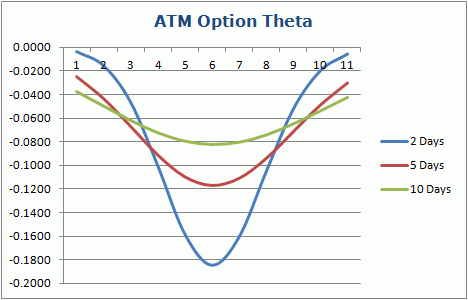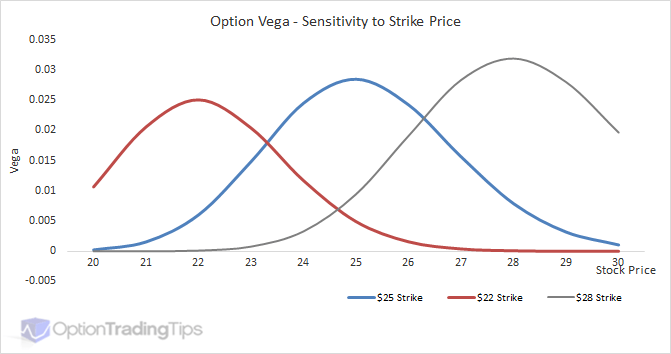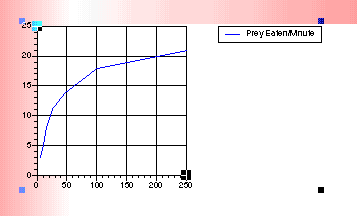
Finally, we averaged the remaining extrinsic across all of the occurrences based on the number of days until expiration.ĭisclaimer: Neither projectfinance or any of its officers, directors, employees, other personnel, representatives, agents or independent contractors is, in such capacities, a licensed financial adviser, registered investment adviser, registered broker-dealer or FINRA|SIPC|NFA-member firm. Like the previous study, we tracked the “remaining extrinsic value” on each day, which is the combined price of the call and put relative to the initial price of the call and put. This process was repeated until each respective expiration was reached. ➜ Each subsequent day, we recorded the combined price of the call and put options that were the same distance away from the stock price as the initial call and put. Then, we recorded how many points the call and put strikes were from the stock price. ➜ On that first day, we selected the 10-delta call and put strikes (10% probability of expiring in-the-money, which means they were far away from the stock price). ➜ On the first trading day of each month, we selected the expiration cycle that was closest to 75 days away. Again, we used SPY options from January 2008 to April 2016, reaching 100 occurrences. To demonstrate the slowing decay of out-of-the-money options, we used a similar approach to the at-the-money decay study. Why is this? Near expiration, out-of-the-money options will be nearly worthless, which means the option doesn’t have much to lose in the first place. Let’s take a look!Īs mentioned earlier, out-of-the-money options decay slower and slower as expiration approaches. Lastly, we averaged the remaining extrinsic percentages across all 118 occurrences based on the number of days until expiration. For example, if the at-the-money straddle was $10 on the first day (75 days to expiration), and 30 days later the at-the-money straddle price was $7, then the remaining extrinsic at 45 days to expiration would be considered 70%.

Once all of the prices were collected, we computed the percentage of each day’s straddle price relative to the starting straddle price. Overall, 118 expiration cycles were tested. This process was repeated until each respective expiration date was reached. On the following day, if the stock was $190, we recorded the 190 straddle price in that same expiration cycle. For example, if the stock was $200, we recorded the 200 straddle price.

➜ Each subsequent trading day, we recorded the at-the-money straddle price in that expiration cycle. ➜ On the first trading day of each month, we selected the expiration cycle closest to 75 days away. From January of 2007 to the end of 2016, we did the following: To visualize at-the-money option decay into expiration, we ran a test. Let’s start with at-the-money time decay. In the next section, you’re going to learn which options have the most exposure to time decay. You’ve learned the basics behind the almighty “theta decay.” Now, the next time somebody talks about “decaying assets,” you’ll know what they’re talking about!Īlright, it’s time to dive in a little bit deeper. So, don’t get hung up when theta decay doesn’t work perfectly on a day-to-day basis. This is because there are factors other than time that cause option price changes. So, between the AAPL and TSLA example, you have learned that theta decay only works against an option’s extrinsic value.Īdditionally, it’s important to note that time decay generally does not occur exactly like an option’s theta suggests. However, TSLA kept falling, and eventually the option had intrinsic value when TSLA fell below $230.Īs expiration approached, all of the extrinsic value decayed out of the option’s price. However, since the option had $15 of intrinsic value at expiration, the option was still worth $15. Over this period, theta decay kicked in and the option’s price decreased.


In this example, the 230 put had no intrinsic value initially.


 0 kommentar(er)
0 kommentar(er)
